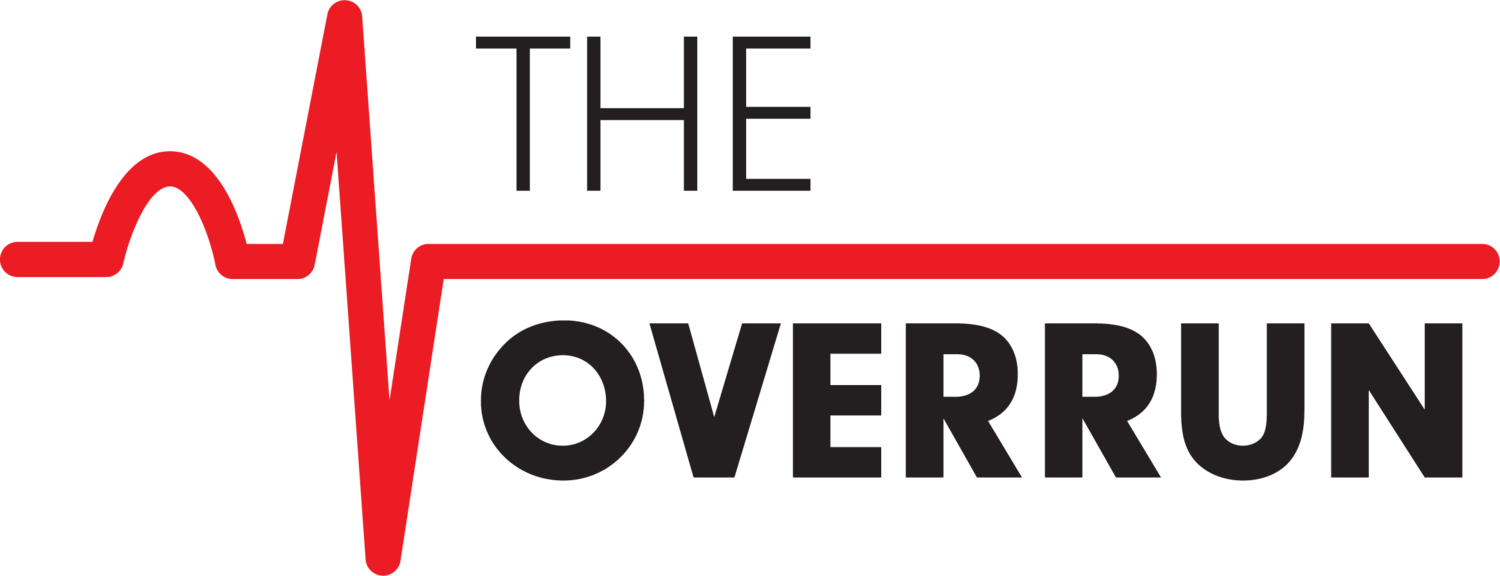Whole Blood: Ready for Prime Time
If you’ve been reading about trauma care in the last few years, you have undoubtedly seen something about the use of whole blood in trauma resuscitation. Born out of military medicine experience, we are starting to see civilian EMS programs both air and ground starting to use this treatment to save lives from traumatic injury and massive hemorrhage.
But what exactly is going on? Why is there a benefit to giving whole blood in the field, and aren’t there plenty of reasons why we can’t do it in my shop? You may be surprised, in that the future is the past, and it’s more attainable than ever.
In the First World War, the preferred resuscitation fluid was whole blood. Through the years, we see a change to plasma, then crystalloid, and then 1:1:1 therapy. Each method had its weaknesses, either physiologic or logistic, and researchers saw increasingly negative outcomes with each change in medical thought. Conditions like Da Nang Lung or “shock lung” (now known as ARDS), and abdominal compartment syndrome skyrocketed in military medicine as whole blood was abandoned for fluids like saline and lactated Ringer’s.
In 1993, a soldier who was attacked by a shark off the beaches of Mogadishu, Somalia became a test case in the use of a “walking blood bank”. The lack of blood products led to the use of emergency donor collection, and it proved instrumental to his survival. (1). The concept was also placed into use during the subsequent Battle of Mogadishu.
The military had proved there were significant survival benefits from the use of whole blood. Although using walking blood banks may not be feasible in the civilian world, evidence seems to point to the benefit of stored whole blood in trauma.
The current standard of care for hemorrhage in civilian EMS is to administer crystalloids, either lactated Ringer’s or saline solution. While the thought process has progressed to embrace damage control resuscitation, and most paramedics will tell you that they limit the administration of crystalloid to patients with a MAP above 65mmHg, some texts and classes still advise the use of up to 1 liter of crystalloid before using blood.
There are a lot of problems with giving crystalloids to bleeding patients. Giving saline or Ringer’s to actively bleeding patients can cause everything from increased acidosis and coagulopathy to later complications like abdominal compartment syndrome and cerebral edema. Also, the administration of room temperature or worse, cold IV fluid to these patients can cause hypothermia and exacerbate the inability the ability to form a clot effectively. All of these complications can cause a significant increase in morbidity and mortality.
Why does giving a unit of whole blood such a “force multiplier” in actively bleeding patients? The answer is inside.
Because of the way it is preserved and stored, 1:1:1 therapy has a much lower hematocrit, platelet count, and concentration of clotting factor. (2) Yes, it will carry oxygen; but it has less of the exact things that the trauma patient is losing and needs to survive.
On the other hand, one unit of whole blood contains a more normal hematocrit and platelet count, and also has all of the critical clotting factors. Once compared, while 1:1:1 therapy or giving PRBCs or plasma alone is better than crystalloid, whole blood is preferable and may have more of a survival benefit for patients.
The future is happening now. In San Antonio and New Orleans, low titer O whole blood is now available to be administered to bleeding patients in the field. Notably, both areas are built-up, urban areas with trauma centers accessible by ground EMS. The conventional thought would be to just forego blood and transport to the trauma bay. But the data coming from New Orleans suggests that the earlier we administer blood to sick trauma patients, the better the outcome.
What about the logistics of a whole blood program? In San Antonio TX, a regional group of stakeholders have devised a system to return whole blood into the trauma centers and use it as components, extending the useful life of the blood. The current waste rate for the program is around 1-2%, and they have sponsored public outreach to find low-titer type O donors.(4)
The paradigm of prehospital care is changing. No longer are we trapped in the binary “load and go” or “stay and play” mindset. Today’s paramedicine is an investment in time for the patient’s ultimate benefit. Prehospital interventions like whole blood can be used to buy time for definitive care and ultimately surgical intervention. It’s time for evidence-based treatments to become the priority.
Thompson, P., & Strandenes, G. (2019). The History of Fluid Resuscitation for Bleeding. Damage Control Resuscitation: Identification and Treatment of Life-Threatening Hemorrhage, 3–29. https://doi.org/10.1007/978-3-030-20820-2_1
Ponschab, M., Schöchl, H., Gabriel, C., Süssner, S., Cadamuro, J., Haschke-Becher, E., Gratz, J., Zipperle, J., Redl, H., & Schlimp, C. J. (2015). Haemostatic profile of reconstituted blood in a proposed 1:1:1 ratio of packed red blood cells, platelet concentrate and four different plasma preparations. Anaesthesia, 70(5), 528–536. https://doi.org/10.1111/anae.13067
Schaefer, R., Long, T., Wampler, D., Summers, R., Epley, E., Waltman, E., Eastridge, B., & Jenkins, D. (2021). Operationalizing the deployment of low-titer O-positive whole blood within a regional trauma system. Military Medicine, 186(Supplement_1), 391–399. https://doi.org/10.1093/milmed/usaa283
Pokorny, D. M., Braverman, M. A., Edmundson, P. M., Bittenbinder, D. M., Zhu, C. S., Winckler, C. J., Schaefer, R., McGinity, A. C., Epley, E., Eastridge, B. J., Nicholson, S. E., Stewart, R. M., & Jenkins, D. H. (2019). The use of prehospital blood products in the resuscitation of trauma patients: A review of prehospital transfusion practices and a description of our regional whole blood program in San Antonio, tx. ISBT Science Series, 14(3), 332–342. https://doi.org/10.1111/voxs.12498



